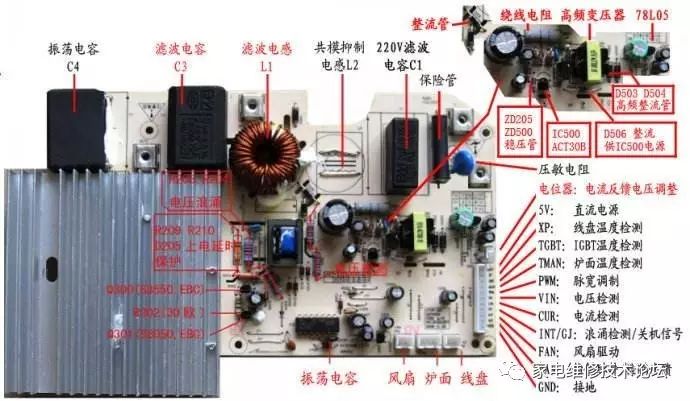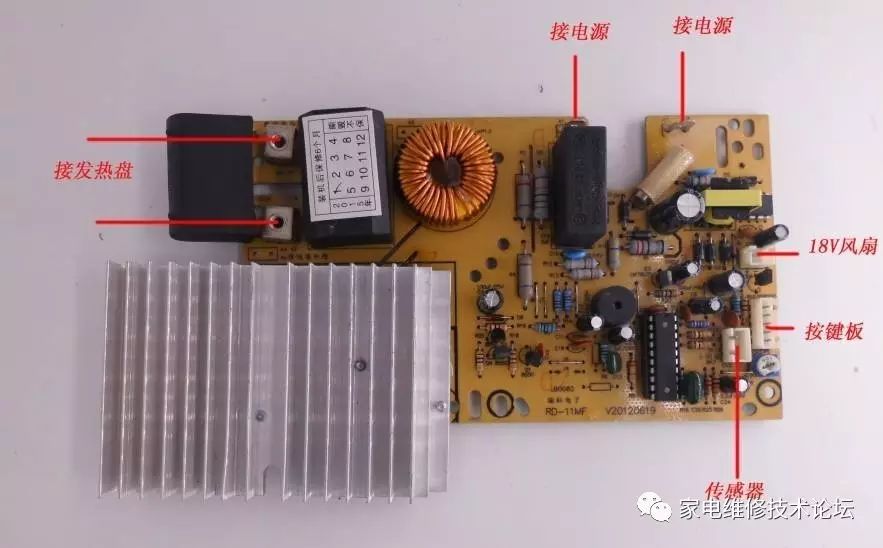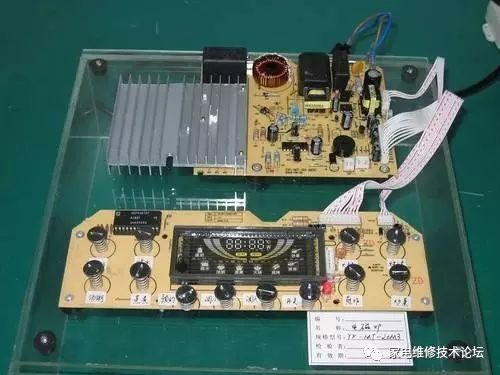1. Repair Procedure for Burnt IGBT or Fuse on the Circuit Board
If the current fuse or IGBT is burnt, do not replace the component immediately. You must confirm that the following other components are in normal condition before replacement; otherwise, the IGBT and fuse may burn out again.
1. Visually check if the current fuse is blown.
2. Check if the IGBT is shorted:
Use a multimeter in diode mode to measure the IGBT’s “E”; “C”; and “G” terminals for breakdown.
A: “E” terminal to “G” terminal; “C” terminal to “G” terminal should not conduct in both directions (normal).
B: With the multimeter’s red probe on the “E” terminal and the black probe on the “C” terminal, there should be about a 0.4V voltage drop (model GT40T101 should not conduct at all).
3. Measure if the transformer has a broken leg; normal status is as follows:
Use the multimeter in resistance mode to measure the secondary resistance of the transformer, which should be about 80Ω; the primary should be 0Ω.
4. Check if the rectifier bridge is normal (test with a multimeter in diode mode):
A: Connect the red probe to “-” and the black probe to “+”; there should be about a 0.9V voltage drop, and reversing should show no display.
B: Connect the red probe to “-” and the black probe to both input terminals; each should show about a 0.5V voltage drop, and reversing should show no display.
C: Connect the black probe to “+” and the red probe to both input terminals; each should show about a 0.5V voltage drop, and reversing should show no display.
5. Check capacitors C301; C302; C303 for heat damage (if damaged, they will be deformed or melted).
6. Check if chip 8316 is shorted:
Measurement method: Use a multimeter to measure the pins of 8316; pins 1 and 2; 1 and 4; 7 and 2; 7 and 4 should not be shorted.
7. Check if the thermal switch insulation protection at the IGBT is damaged.

2. Poor Key Response
1. Measure if the CPU pin is shorted:
Use a multimeter in diode mode to measure the CPU pin to ground; there should be about a 0.7V voltage drop with the red probe on ground and the black probe on each CPU pin.
3. Power Cannot Meet Requirements
1. Short circuit of the coil plate: Test the inductance of the coil plate: PSD coefficient is L=157±5μH, PD series is L=140±5μH.
2. Check if the distance between the pot and the coil plate is normal.
3. Check if the pot is the designated type.

4. Check if all components are loose or missing.
Check for issues after assembly:
1. No heating: Check if the transformer has a broken leg.
2. Continuous beeping after plugging in: Check if the temperature switch terminals are connected properly.
3. Unable to power on: Check if the thermal resistor terminals are connected properly.
4. No small object detection (no alarm): Check if resistors R301~R307 are normal.
R301~R302 should be 68KΩ
R303~R306 should be 130KΩ
R307 should be 3.0KΩ
5. Fan not spinning: Check if transistor Q2 is burnt out. (Typically, burnt transistor pins will turn yellow; you can also use a multimeter in diode mode to test.)
Original text: http://www.jdwx.info/thread-98518-1-1.html

Home Appliance Repair Technology Forumjdwx-cn ▲ Long press to recognize the QR code to follow
Home Appliance Repair Forumjdwxinfo ▲ Long press to recognize the QR code to follow